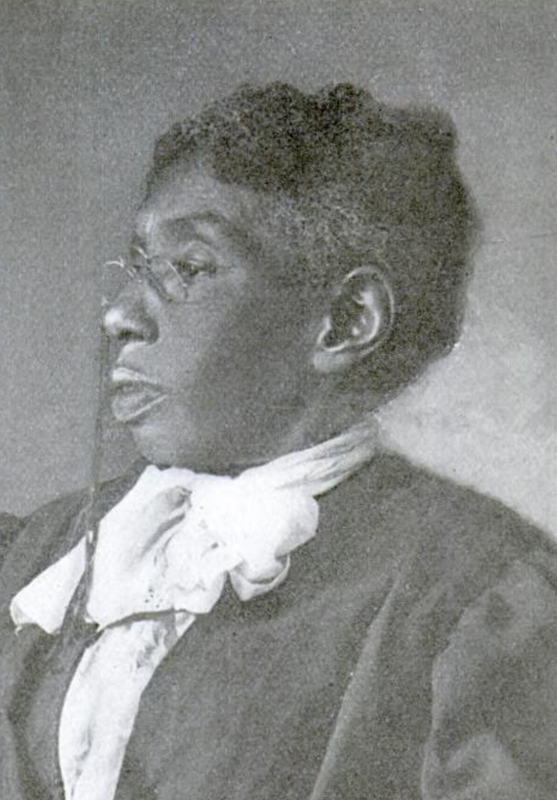The Creation of a Community
Jane “Jennie” Serepta Dean was born into enslavement in 1852. There is some debate about her birth year, as records were not well kept on slave births and deaths, and many records were destroyed during the Civil War. While some records report 1848, the year listed on her tombstone is 1852. After the Civil War, Dean’s father had the ambition to own his own farm. Unfortunately, he died before he was able to complete the purchase of the land. Dean became a domestic servant in Washington, DC, and sent her wages back home to help pay this debt. Once this was paid off, “...[Dean’s] wages were used to send a younger sister [Ella] to Wayland Academy, from which she graduated and became a public school teacher.”[1]
This led to Dean’s first school and foray into fundraising. It began as a simple Sunday school that met at Dean’s home, organized while she was back home in Manassas one summer. It soon grew from these simple meetings when Dean bought land, intending to use the site as a church. However, in such a poor community, the price of the land appalled them. Dean didn’t let this stop her, though. She said this:
“You can each give something, if it be only a day’s labor. Whenever you sell anything lay aside a small sum, if it is only a few cents, for the building fund. Those who have nothing to sell, come, when we raise the building, and give your labor, or your horse and wagon, for a day’s work. I will go back to Washington and work. After my day’s work is over I will try to collect money for the fund.”[2]
The first church was called Mount Calvary Baptist Church, and the congregation still meets today, near present-day Lomond Drive and Flat Branch Creek. This was the first step in Dean’s creation of a community. In a 2012 article on the Huffington Post, Pastor Gilford T. Monrose explained how a church is vital to the needs of a community by comparing it to a Wal-Mart. The church is a convenience store that “should always strive to meet the needs of men and women as it brings the good news of the salvation message of Jesus Christ. The church truly is about people.”[3]
Having one’s needs met, spiritual and physical, is what keeps people coming back to the church. Churches are a place where the less fortunate are helped by those better off and where people go in their times of need. Setting the religious aspect aside, in more modern times, churches have the ability to offer food, health clinics, occasionally legal aid, and above all, connection. Churches are, and always have been, a place for like-minded people to gather together and be social. This element of connection that a church provides is an essential piece of the puzzle when creating a community.
After the church’s building was complete, Dean went on to help organize, fundraise, and build other Sunday schools and churches in the area. Her other mission work consisted of Saturday afternoon classes for cooking and sewing, connected to her Sunday school work. It was these industrial work classes that got Dean thinking about more education for the Black folk of the area. She felt triumphant that slavery was over, but “regretted that nothing had ever arisen to take the place of the industrial side of slavery.”[4] This was the line of thinking that led Dean to create the Manassas Industrial School.
[1] Manassas Industrial School, A Battleground School: A Colored Woman’s Work in Uplifting Negro Boys and Girls, (Alexandria, Virginia, 1901).
[2] Manassas Industrial School, 1901.
[3] Gilford T. Monrose, “The Role and Importance of the Church in the Community,” HuffPost, September 19, 2012, https://www.huffpost.com/entry/role-of-the-church_b_1896969.
[4] Manassas Industrial School, 1901.
By Jasper Ramsey


